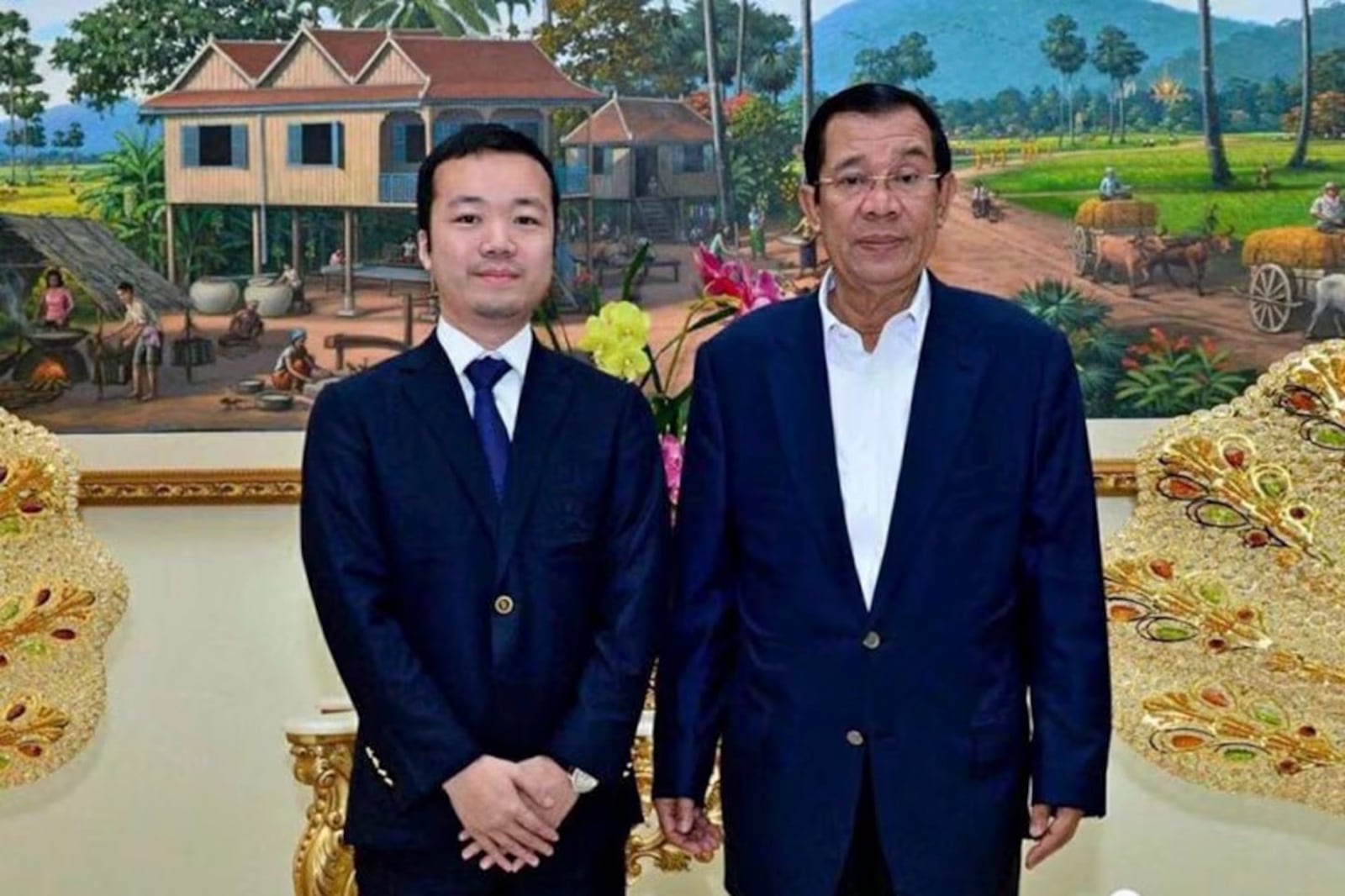Cambodia is celebrating a historic cultural milestone as Koh Ker temple has officially been added to the UNESCO World Heritage List, marking a turning point for preservation and international recognition of the country’s ancient heritage. The landmark decision was announced during UNESCO’s 45th World Heritage Committee session in Riyadh, Saudi Arabia, thrilling local archaeologists, officials, and communities who have long hoped for global acknowledgment of this uniquely Cambodian treasure.
A Temple of Deep History
Koh Ker, a site about 120 kilometers northeast of Siem Reap, was once the capital of the Khmer Empire in the early 10th century. Its most iconic structure is the seven-tiered pyramid known locally as Prasat Thom, a dramatically rising monument surrounded by dense forests, mysterious sanctuaries, and remarkable stone sculptures. While Angkor Wat has long dominated headlines, Koh Ker has quietly amazed visitors with its stark beauty, ambitious architecture, and storied past.
For years, conservationists and archaeologists have pushed to save Koh Ker’s fragile relics from the threats of looting, overgrowth, and exposure. Their work included painstaking restoration, improved security, and community engagement, ensuring that both local people and international visitors could experience the site’s wonders safely and respectfully.
UNESCO Recognition Brings Hope
The inclusion on the UNESCO World Heritage List is much more than a title. It brings promise of increased funding, technical assistance, and rigorous protection for the sprawling temple complex. Cambodian Prime Minister Hun Manet praised the decision as “a proud moment for all Cambodians—past, present, and future,” calling Koh Ker’s recognition a tribute to the ingenuity of ancient Khmer civilization and a beacon for cultural tourism.
UNESCO’s assessment highlighted Koh Ker’s exceptional value: the temple’s architecture, urban design, and vast scope illustrate a distinct moment in Southeast Asian history, shedding light on the rise and fall of the Khmer Empire and its artistic mastery. For Cambodian historians and heritage advocates, international backing validates decades of effort and reaffirms the nation’s commitment to protecting irreplaceable heritage.
Local Impact and Community Spirit
The announcement was met with jubilation in nearby villages, where elders and children alike gathered for ceremonies and folk performances. “We are honored. Koh Ker is not just stone and earth—it is our ancestors’ spirit,” shared one local teacher who spent years guiding tourists through the overgrown pathways. Residents hope UNESCO status will bring infrastructure improvements, new job opportunities, and growing tourism, though some voice concerns about balancing authenticity and development.
Local nonprofits and government agencies are working together to train guides, upgrade visitor facilities, and promote sustainable tourism, ensuring that global attention translates into real benefits for residents. Already, more students are enrolling in heritage education programs and eco-friendly travel is gaining popularity.
Koh Ker now joins other renowned sites in Southeast Asia and boosts Cambodia’s standing as a leader in heritage conservation. Just this year, Cambodian officials submitted additional nominations for world heritage status, aiming to protect more uncelebrated marvels—from ancient cities to intangible traditions.
The temple’s official inscription comes amid wider efforts to repatriate looted Cambodian artifacts, fight antiquities trafficking, and reconnect communities with their roots. UNESCO officials emphasized that safeguarding sites like Koh Ker helps future generations understand the complexities and triumphs of Cambodia’s past.











